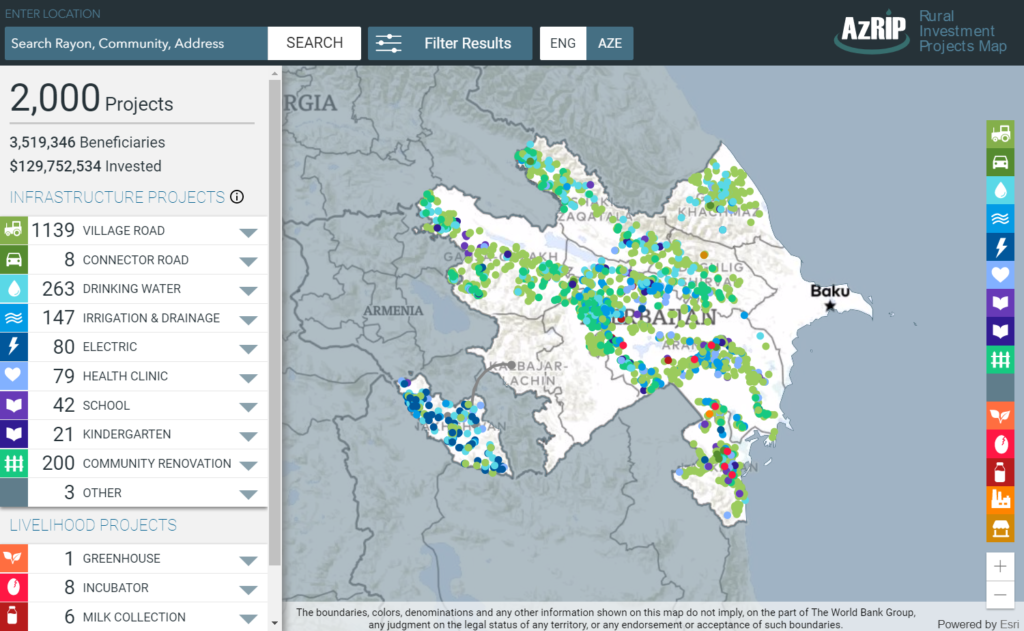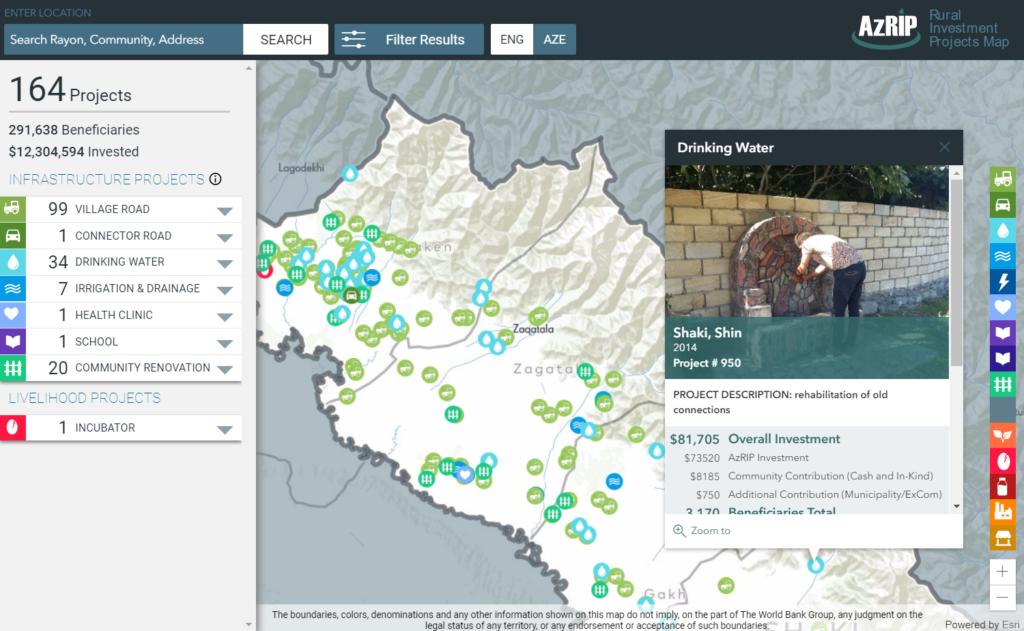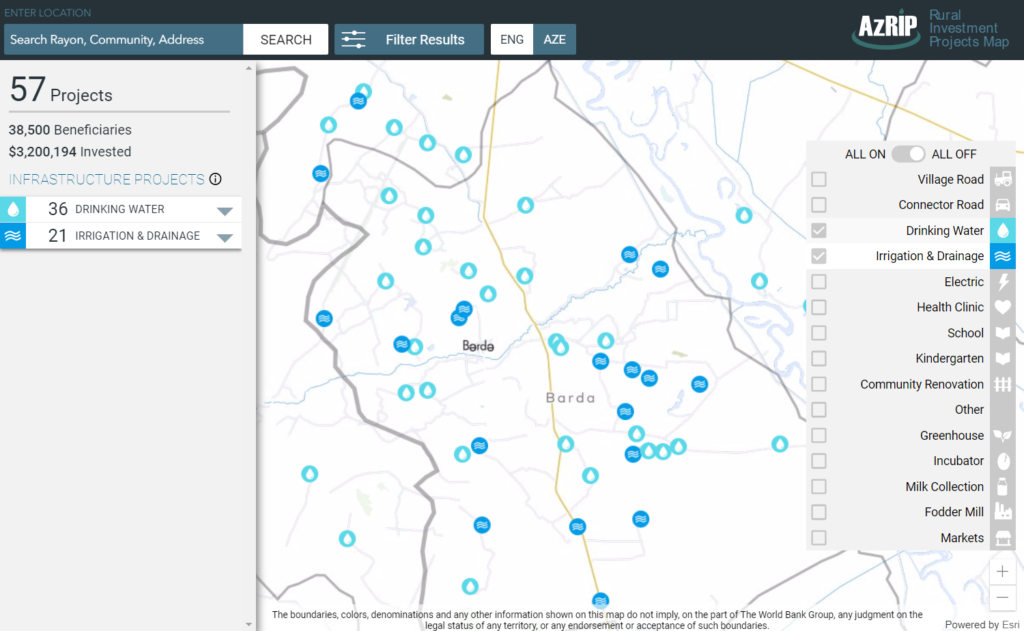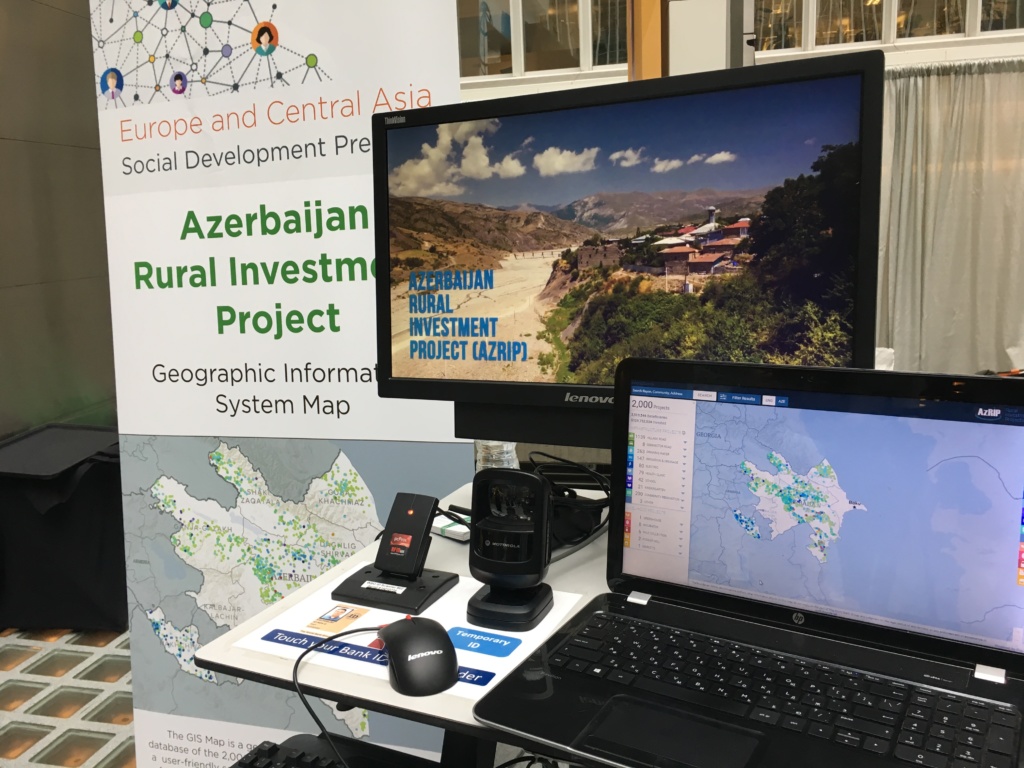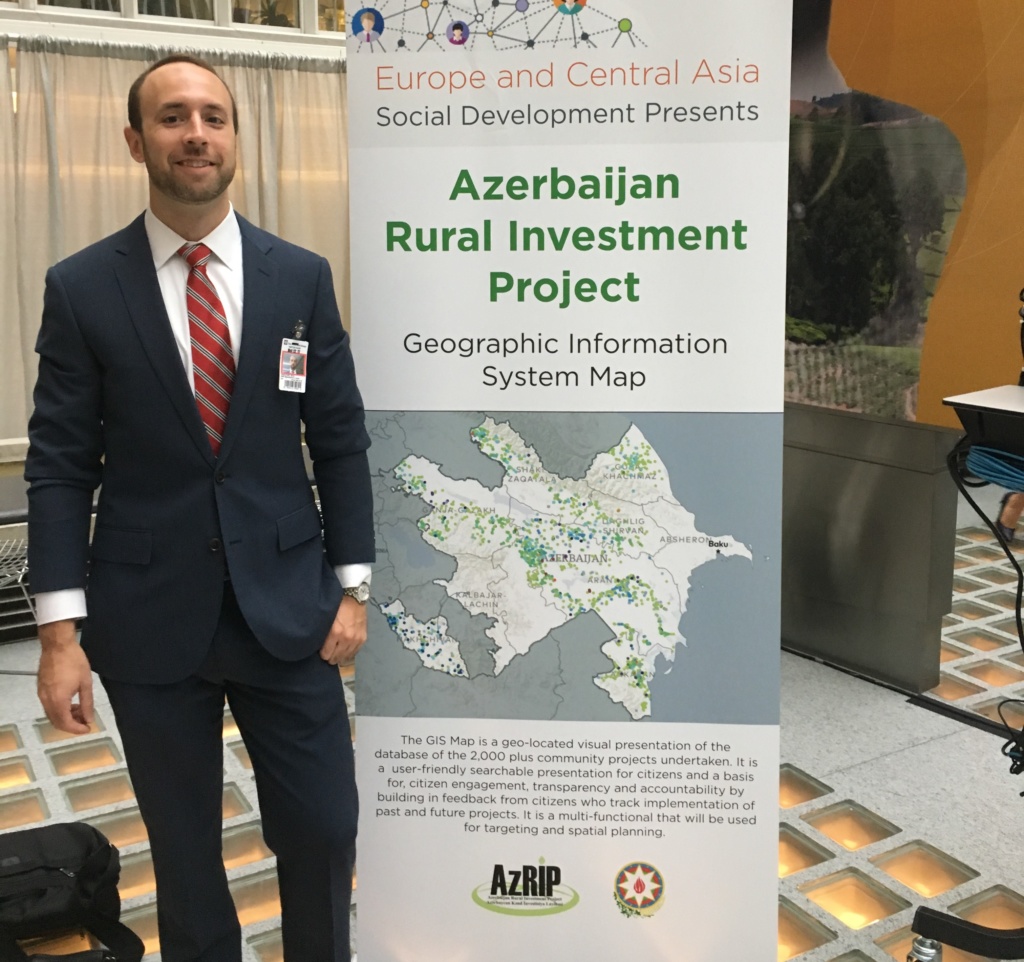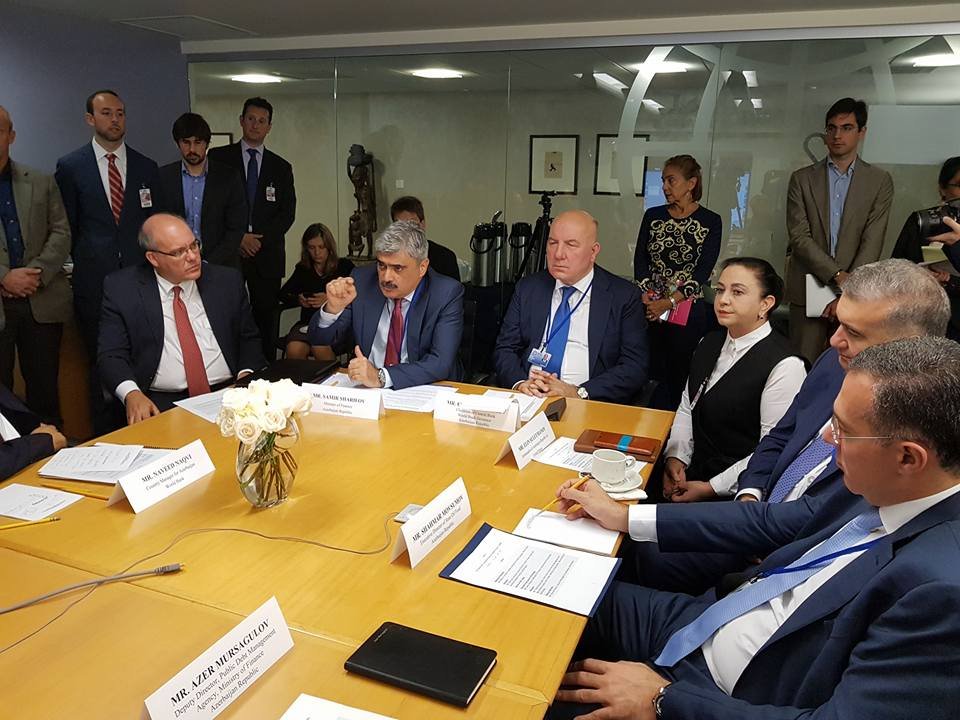Home to more than 300 million people and some of the most endangered wildlife on the planet, the Greater Mekong region in Southeast Asia is the second most naturally diverse place in the world, second only to the Amazon. This region is also home to the Mekong River which not only sustains much of the wildlife in the area, but also the people. The majority of the population in this region is dependent on the river and its surrounding wetlands to support their way of life. In turn this also means that this population and the vast biodiversity in the region are extremely vulnerable to the economic and environmental outcomes of growing infrastructure.

As one of the nation’s leading think tanks dedicated to building solutions to promote international security, prosperity, and justice, the Stimson Center is working to address the environmental and social impacts along the Mekong river to improve food security, stability and cross-country relations. To help analyze these issues, Blue Raster collaborated with the Stimson Center to create The Mekong Infrastructure Tracker, an interactive Web App to explore the infrastructure boom and its impacts in the Mekong region. With funding provided by USAID, the Mekong Infrastructure Tracker was developed with support from the USAID Mekong Safeguards activity led by The Asia Foundation.
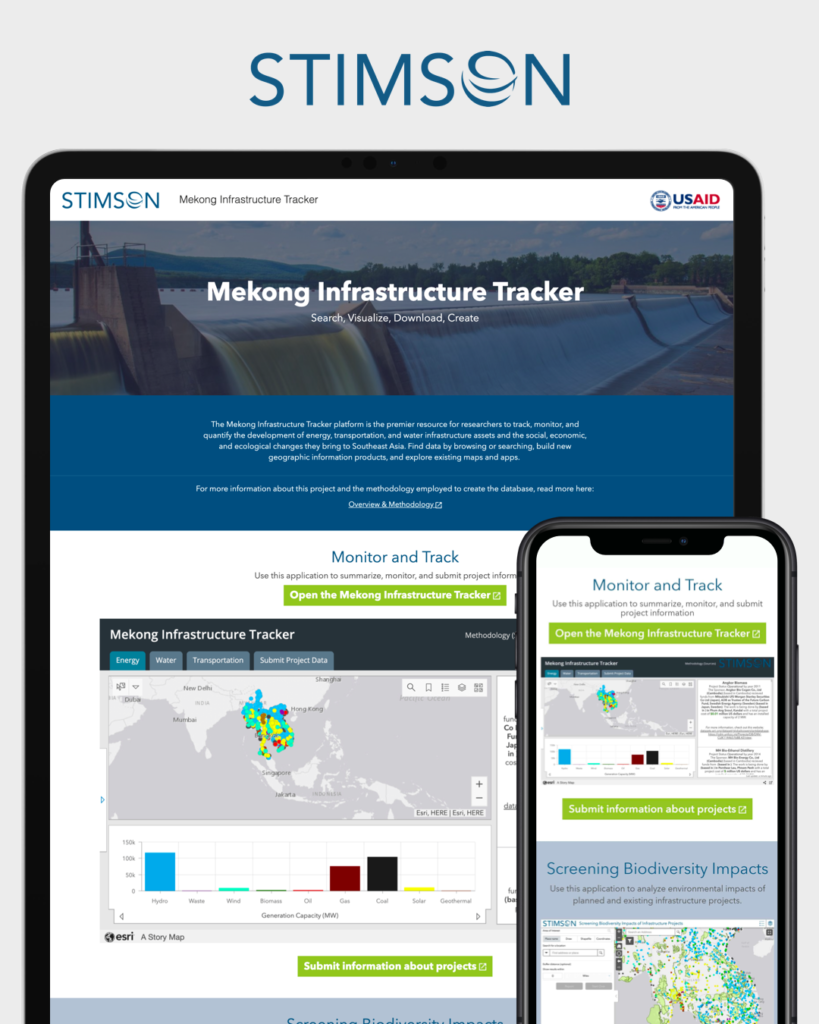
The Mekong Infrastructure Tracker
The Mekong Infrastructure Tracker web app leverages ArcGIS Online and the ESRI JavaScript API and provides users with data transparency to analyze the type and scale of different infrastructure projects in the region in relation to socioeconomic and environmental factors.
The tracker contains two dashboards, one showing power generation projects and the other showing road, rail, and waterway infrastructure projects. The data in the tracker visualizes projects by type in combination with data showing threatened species, earthquakes over the last twenty years, armed conflict, ethnicity, watersheds and tributaries that can all be turned on and off depending on user preference.
Additionally, users can filter the projects by a variety of statuses: year of completion, project size, sponsoring country, project type, country, or watershed.
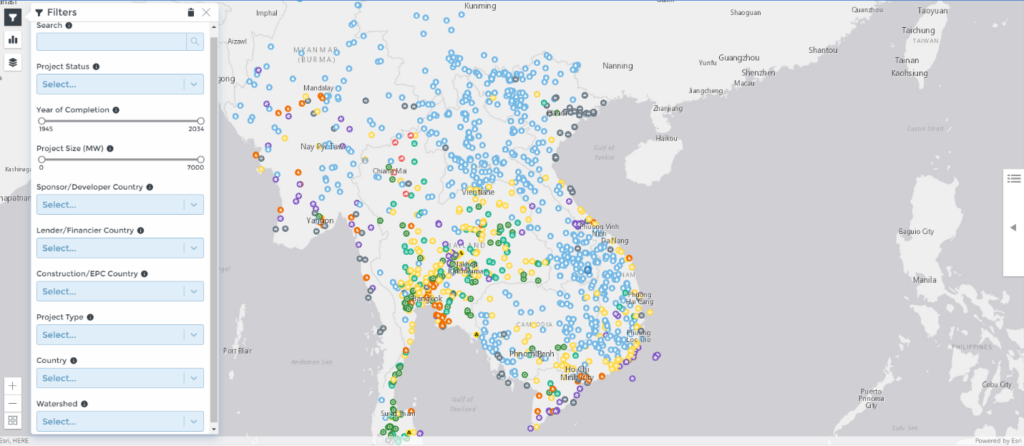
From these filters, the tracker produces a series of charts and graphs to better visualize some of the statistics surrounding these projects which can then be downloaded based on user needs.
The Mekong Infrastructure Tracker allows for transparency of the infrastructural impact on this region, both protecting the diverse and endangered wildlife as well as the livelihoods of millions of people. Explore this new tool today!

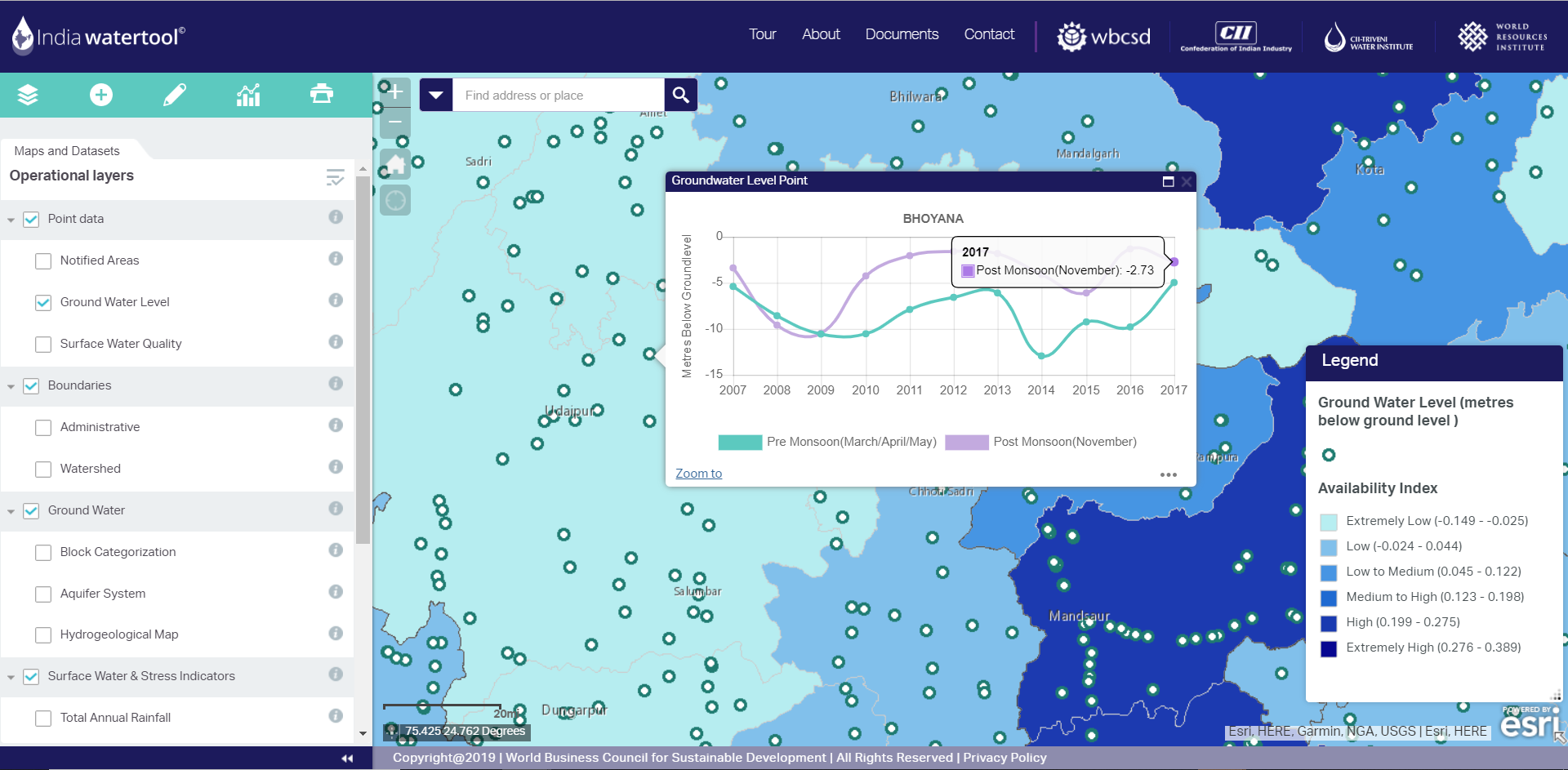
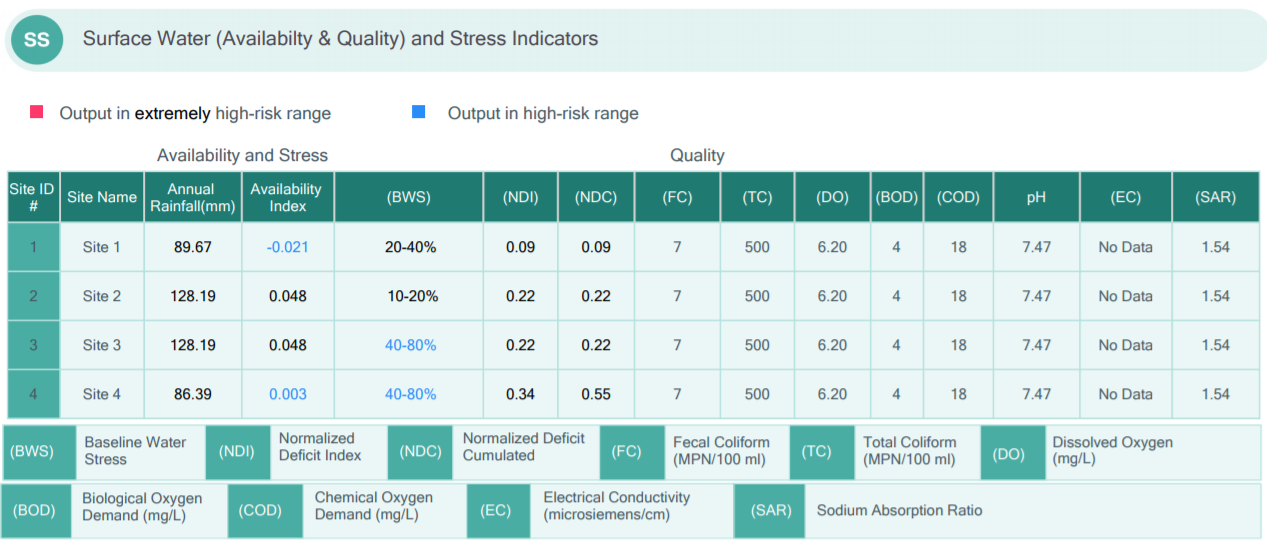
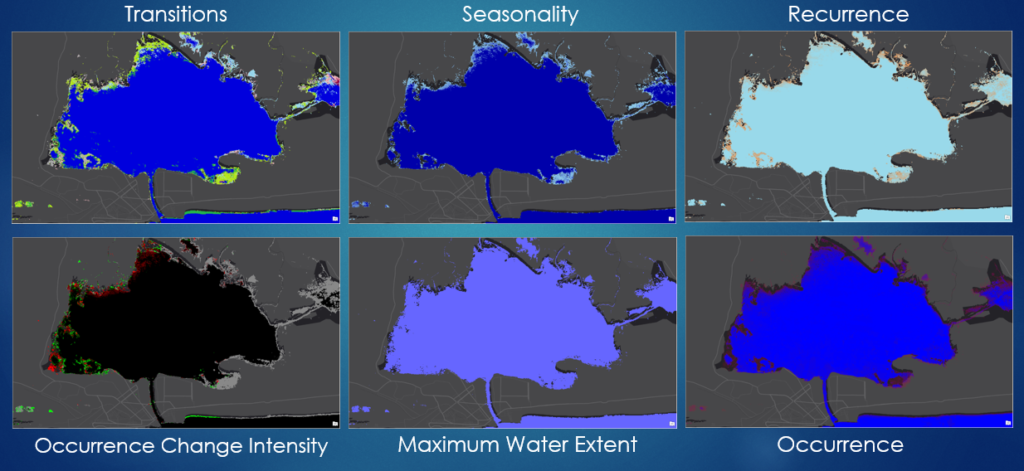

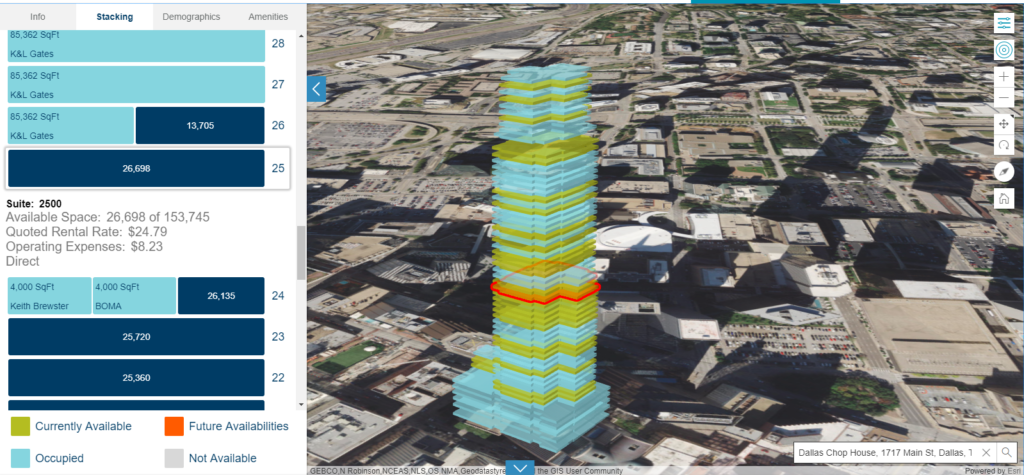

 Overall, my time as an Intern at Blue Raster and the lessons I have taken away have helped to further my understanding of what a possible career in GIS has to offer. I feel that the projects I was able to contribute to will have a genuine impact. Having the opportunity to assist in their creation was an experience that will last a lifetime. I am excited to continue supporting Blue Raster as I return to Penn State.
Overall, my time as an Intern at Blue Raster and the lessons I have taken away have helped to further my understanding of what a possible career in GIS has to offer. I feel that the projects I was able to contribute to will have a genuine impact. Having the opportunity to assist in their creation was an experience that will last a lifetime. I am excited to continue supporting Blue Raster as I return to Penn State.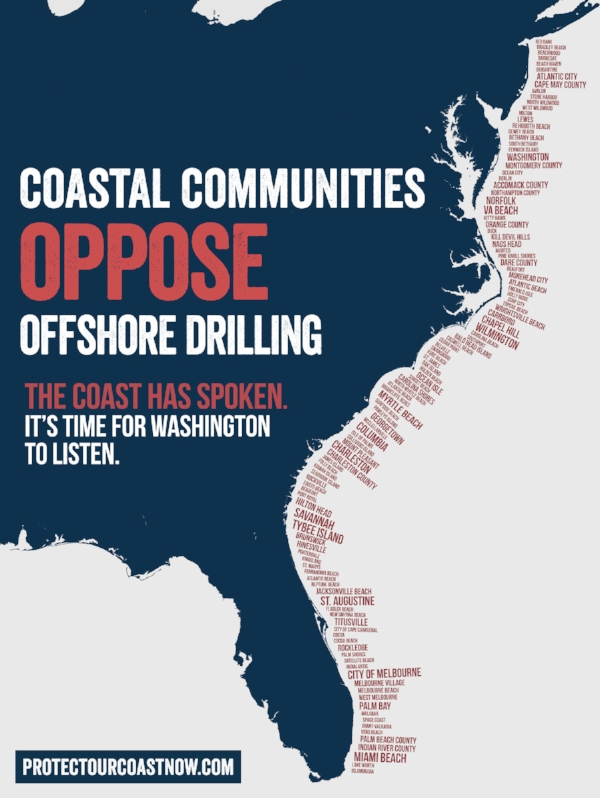
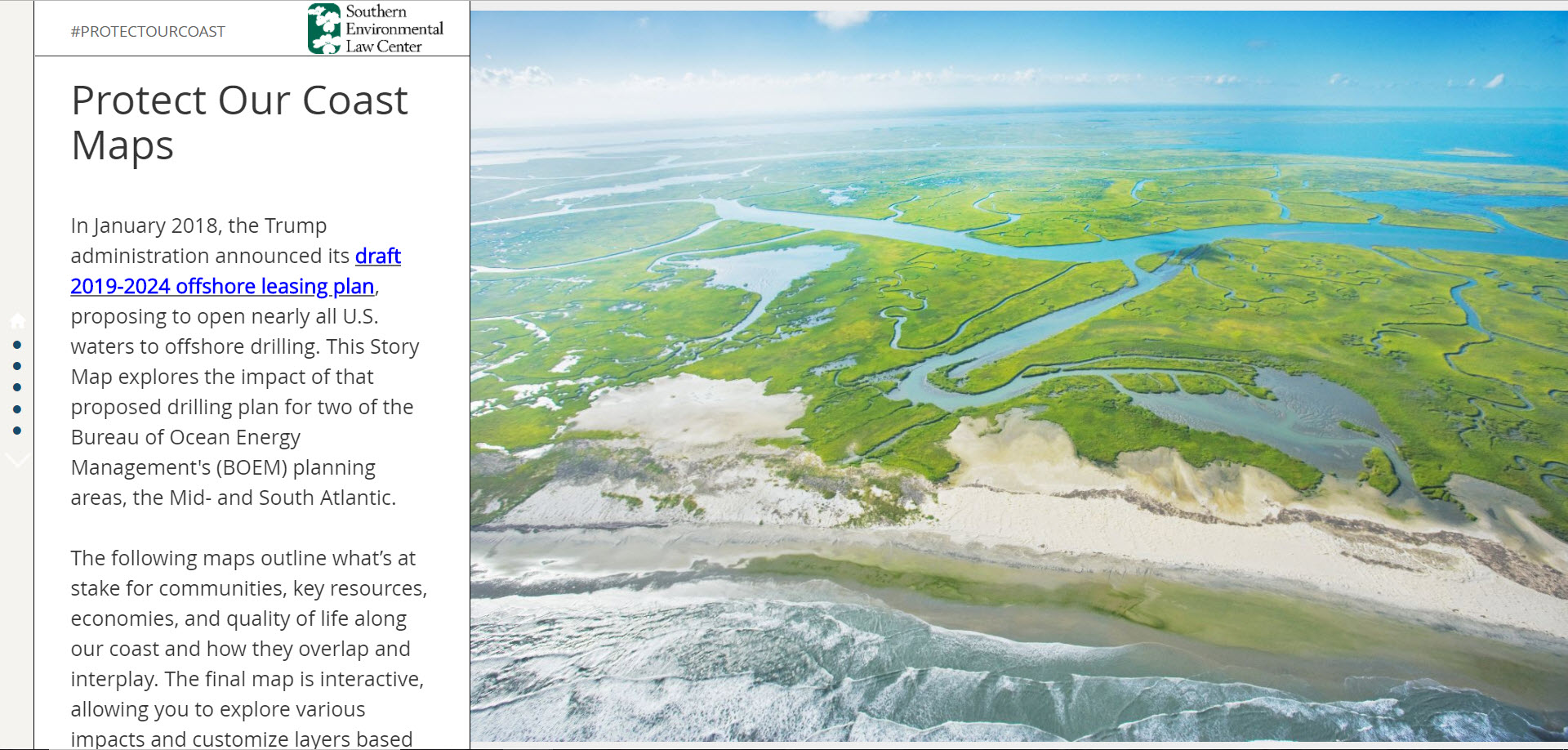
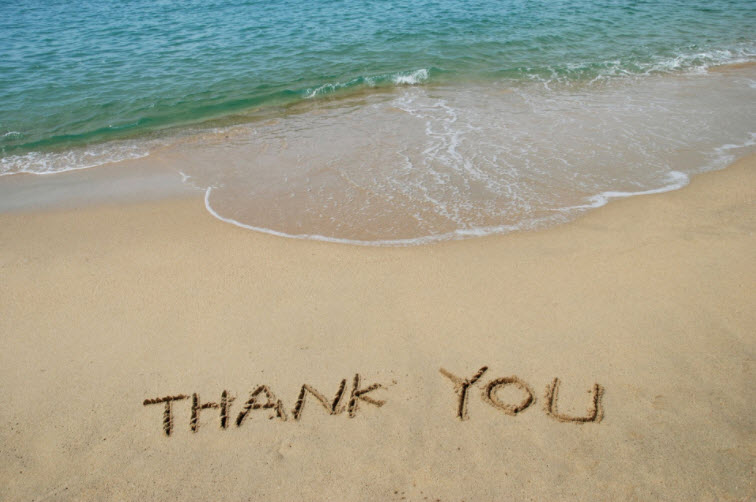
 “Working with Blue Raster has allowed SELC to provide users with the ability to learn the core concerns of opening the Atlantic coast to offshore drilling, and the power to interact with the data on their own terms. The assemblage of marine and coastal ecological data, compatibility of military operations, industrial footprints, and community opposition created a set of stories, difficult to communicate through print maps alone. Blue Raster helped SELC transform an ArcGIS Desktop workflow into a multi-faceted geospatial tool with Web App Builder, Story Map Templates and ArcGIS Online. The result-an interactive, engaging experience for users to explore the impacts of the proposed drilling plan by showing what’s at stake for communities, environmental resources, economies, and quality of life along our coast, and how these factors overlap and interplay.”
“Working with Blue Raster has allowed SELC to provide users with the ability to learn the core concerns of opening the Atlantic coast to offshore drilling, and the power to interact with the data on their own terms. The assemblage of marine and coastal ecological data, compatibility of military operations, industrial footprints, and community opposition created a set of stories, difficult to communicate through print maps alone. Blue Raster helped SELC transform an ArcGIS Desktop workflow into a multi-faceted geospatial tool with Web App Builder, Story Map Templates and ArcGIS Online. The result-an interactive, engaging experience for users to explore the impacts of the proposed drilling plan by showing what’s at stake for communities, environmental resources, economies, and quality of life along our coast, and how these factors overlap and interplay.”